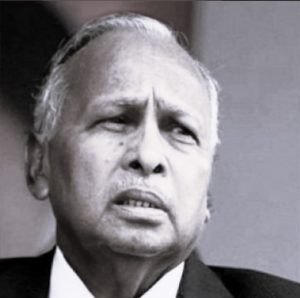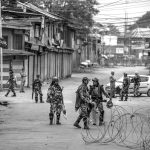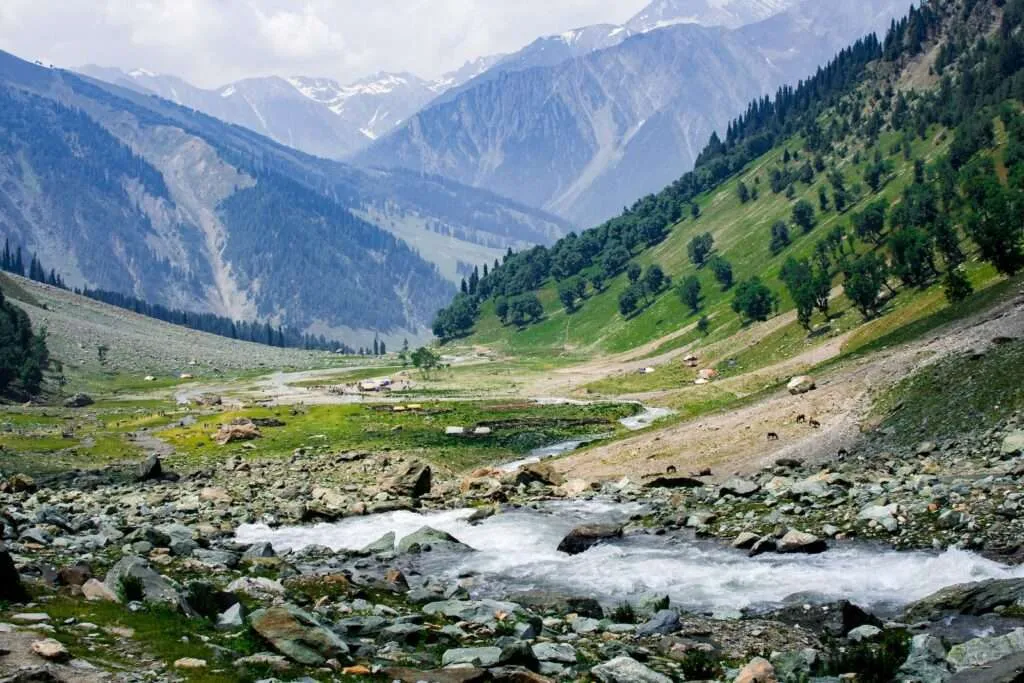
Author- Barrister Muhammad Zamir Uddin Sarkar
Before the Mughal Emperor came to Kashmir in 1587, Kashmir was ruled by Hindu and Muslim rulers. The Mughals ruled till 1752. Then, after 67 years of rule by Afghan rulers, Sikh rule began in 1819. The Sikhs ruled from 1869-1846. The Sikhs were defeated in two British-Sikh wars. The British government handed over the Kingdom of Kashmir to Maharaja Golap Singh through the Treaty of Lahore and Amritsar. Golap Singh and his successors ruled the hill country east of the Indus and west of the Irrawaddy. Maharaja Golap Singh used to pay 75 lakh rupees annually to the British government. After India’s independence, Maharaja Hari Singh annexed Kashmir to India in 1947. Lord Mountbatten was then the Governor General of India. He accepted Raja Hari Singh’s decision subject to the following conditions.
“Consistent with their principles, in the case of any State where the question of accession has become a matter of controversy, the question of accession should be decided according to the will of the people of the State.”
Thus, Pakistan protested a lot to join India. Kashmir is a Muslim dominated state and Muslims were willing to join Pakistan. Hostility increased within the two states. India annexed Kashmir as a part of India in its constitution. India first complained to the UN Security Council on 1 January 1948 that the Pathan tribe had invaded Kashmir with the help of Pakistan. When this issue was raised in the Security Council on January 15, 1948, the representative of India said whether India would leave Kashmir or join Pakistan or whether Kashmir would remain independent or whether Kashmir would demand membership of the United Nations from independence? When all these questions start in the country, the people of Kashmir will decide. The Security Council, by Resolution No. 39 of 1948, constituted a commission to consider and resolve the problem. According to Resolution No. 47 of April 1948, the Security Council recommended various measures to stop the war in Kashmir. India and Pakistan signed an agreement in Karachi in July 1949 to establish the ceasefire line. It was visited by UN inspectors. Later, the United Nations received allegations of violation of the terms of the cease-fire agreement and asked the Secretary General of the United Nations to investigate and report the allegations. Thus war broke out between India and Pakistan in August 1965 amid political chaos. Because India refused to hold a referendum to resolve the Kashmir issue.




Since then, the Secretary General Mr. U Tenant takes initiative for peaceful solution of Kashmir issue. He arrived in the capital of Pakistan on a commercial flight and met President Ayub Khan. After discussion Mr. U Tenant visited Taxila where there was a Buddhist university in the past. Mr. U Tennent was a Buddhist and a teacher by profession. He was very pleased to see Taxila. After that, he went to Delhi, the capital of India and discussed with then President of India Sarvapalli Radha Krishna and then Prime Minister Lal Bahadur Shastri. Shastri was a humble man. But he mr. The U.S. could not accept Tennant’s cease-fire proposal. As a result Mr. U Tenant returned empty-handed without solving the problem. Because the people of Kashmir would have voted in favor of joining Pakistan if there had been a referendum as per the UN decision. That is why India did not agree to the referendum.
Whether the war ceases or not, India has massed troops in Kashmir. As a result, all avenues to solve the problem are closed. So the war between the two countries started again on September 6, 1965 over Kashmir. A few days later, Soviet Prime Minister Aleski Kosygin arranged a meeting with Indian Prime Minister Lal Bahadur Shastri and Pakistani President Ayub Khan in Tashkent, and an agreement was signed between the two sides in January 1966. But despite the ceasefire, no decision was taken to resolve the Kashmir issue. The Pakistan-India War of 1965 saw protests between Indians and Pakistanis against each other in various cities in the UK.
A British citizen named Mr. Crick gave an interview to the BBC in support of the Indian side in London and said that he wanted India to win the war because India had democracy. Otherwise democracy will become worthless to the people. On the other hand, meetings and processions were held by expatriate Pakistanis. Pakistani students condemned India’s policy of aggression and protested by holding meetings and processions in Pakistan student hostels and other places. Pakistanis keep saying very loudly that they will win this war. Because India cannot refuse referendum. On the other hand Muslims ruled India for many years. So the war will continue to include Kashmir in Pakistan. The leader of this movement was Mr. Nasim Ahmed. The London correspondent of Karachi’s Dawn newspaper. He was joined by students from East and West Pakistan and protested loudly.
Interviews and debates were shown on the BBC with student representatives from Pakistan and India. Both sides presented their arguments. In the BBC interview, the Pakistani students tried to prove that India has unjustly occupied Kashmir and that it should be resolved through a referendum in accordance with international law and UN resolutions. The Pakistani delegation insisted that Kashmir would join Pakistan in a plebiscite under the auspices of the United Nations. However, after the Tashkent Agreement of President Ayub Khan and Lal Bahadur Shastri, the political heat between the two countries and the Pakistani and Indian diaspora subsided. The leaders of the East Pakistan Student Federation and the progressive party had considerable contribution in this movement.



